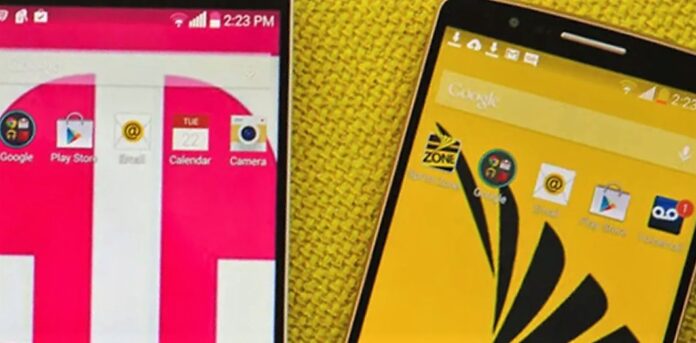Introduction: The Merger and Its Promises
Three years ago, T-Mobile and Sprint combined their strengths to form a super-carrier in the US mobile industry. The merger was expected to benefit consumers and the industry as a whole. At the time, the companies had pledged to keep prices low, expand their 5G networks, create new jobs, and divest some assets to Dish Network. Now, three years later, it’s time to assess how the merger has fared against these promises.
Expansion of 5G Network: A Game-Changer?
One of the most significant benefits of the merger is the expansion of T-Mobile’s 5G network. The carrier has made the 5G network available to more than 200 million Americans in 2021. Not only that, but T-Mobile has also introduced a 5G home internet service that provides high-speed connectivity to those without broadband connections. These services have indeed been a game-changer for many consumers seeking faster and more reliable internet connectivity.
Phone Plan Prices: A Mixed Bag
The merger has preserved competition, and as a result, consumers have enjoyed discounts and deals from various carriers. T-Mobile, in particular, has remained committed to providing more consumer-friendly deals, such as the option for two-year plans on most of its devices. The carrier has also fulfilled its pre-merger promise to offer a $15 per month plan with unlimited talk and text. However, while some commitments have been met, others have not, creating a mixed bag of outcomes.
Missed Pledges: Job Creation and Asset Divestment
Despite T-Mobile’s successes in expanding its 5G network and keeping phone plan prices low, it has failed to fulfill some of its pre-merger commitments. In particular, the carrier has fallen short of its pledge to create new jobs and hire 11,000 more workers by 2024. This failure is particularly disappointing, especially since then-CEO John Legere had explicitly promised job creation. Moreover, T-Mobile has also not divested some of its assets to Dish as promised.
Future Implications: Project 10 Million and 5G Network Coverage
The expiration dates of some of the pledges made for the merger have implications for consumers. For instance, Project 10 Million, a program that helps low-income households, lasts through 2025. T-Mobile has also agreed to lock in pricing on its plans for three years, but what happens after that is uncertain. T-Mobile must provide 5G service to 97% of the population by the end of 2023 and cover 85% of rural America’s population by the end of this year, and it remains to be seen if it can fulfill these pledges.
Conclusion
Overall, the T-Mobile-Sprint merger has brought mixed outcomes for consumers and the mobile industry. While the expansion of T-Mobile’s 5G network has been a boon for many, T-Mobile’s failure to fulfill some of its job creation and asset divestment pledges is a cause for concern. The pledges made for the merger have expiration dates, and it remains to be seen what will happen afterward. In the end, only time will tell whether the T-Mobile-Sprint merger has truly delivered on its promises.












